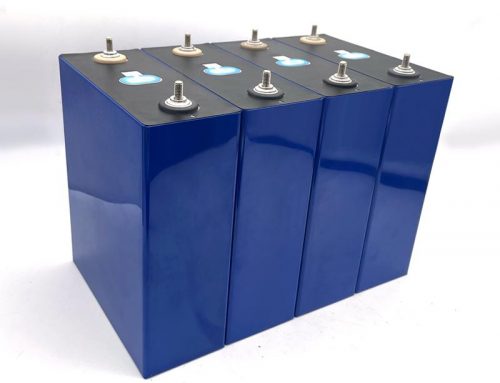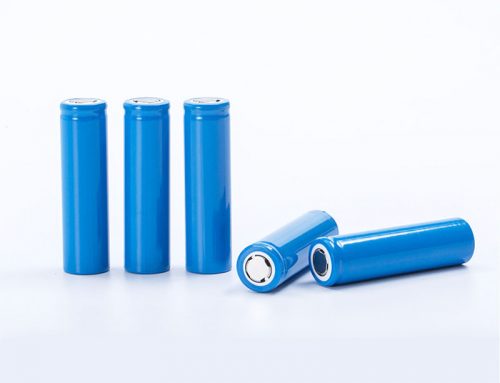Despite the additional tech-nical barriers in aqueous-based cathode processing, this study shows that even Ni-rich, highly basic active materials processed in water can perform similarly to cathodes processed in NMP.
Without pH modi-fication, four of the materials (LCO, LFP, LMO, and NMC532) were able to be fabricated with great electrode integrity via aqueous processing, though the material with the greatest Liþdissolution (NCA) was not. Conversely, it was found that inclusion of high-MW PAA in the slurry permitted aqueous processing of NCA and similar performance to that of NMP-processed NCA in a half coin cell format was demonstrated. Further optimization of the aqueous NCA slurry composition could improve its electrochemical performance.
If so, Forever EV suggests making testing to BA-310C, which is a water-based PAA binder from BOBSTECH.COM. BA-310C is a new eco-friendly non-toxic water-based binder for Li-ion Battery Cathode. It can deliver the most excellent adhesion to the active materials as well as the Aluminium foil. It will generate excellent flexibility for the electrodes which is good for cylindrical cell production. It also effectively solve the problem which frequently happens in electrode production such as powder-off, falling-off, and cracking, etc. The good mechanical stability, thermal stability, alkali resistance, and freeze-thaw stability make transportation and processing easier!
Lithium and transition metal dissolution due to aqueous processing in lithium-ion battery cathode active materials
Authors: [1]; Publication Date:
Abstract
Enabling aqueous processing for lithium-ion battery cathodes is essential as solvents like N-methyl-2-pyrrolidone (NMP) are expensive, hazardous, and being phased out of usage around the world. Using water as a solvent can reduce electrode manufacturing cost and environmental impact, but it presents unique challenges for cathodes such as Li and transition metal dissolution from the active material and current collector corrosion. In this study, the suitability of aqueous processing for five cathode active materials is evaluated, specifically: LiCoO 2 (LCO), LiFePO 4 (LFP), LiMn 2O 4 (LMO), LiNi 0.80Co 0.15Al 0.05O 2 (NCA), and LiNi 0.5Mn 0.3Co 0.2O 2 (NMC532). After three days of water exposure, NCA and NMC532 exhibit significantly greater pH values (11.5–12.5) than the Ni-free materials (9.0–10.5), though all pH values suggest corrosion of the Al substrate would occur. Surface compositions change to various extent while little change is observed in the crystal structures. The transition metal dissolution in water and electrolyte is relatively low for all materials, though the Li dissolution in water is high for NCA (~0.1 mg mL -1). Electrochemical testing in half coin cells reveals that high-molecular weight polyacrylic acid addition is able to modify the pH and provide adequate binding to the current collector to permit aqueous processing of NCA.

